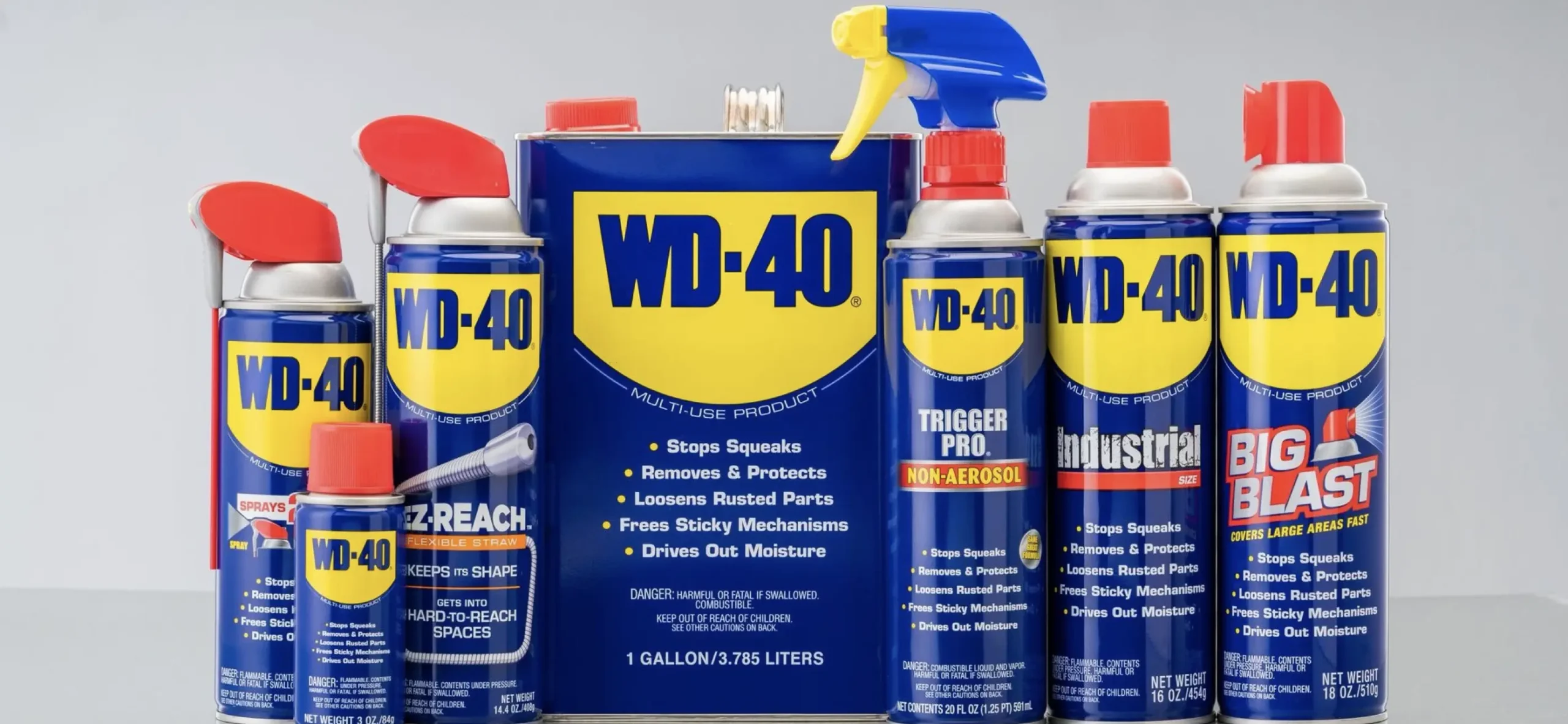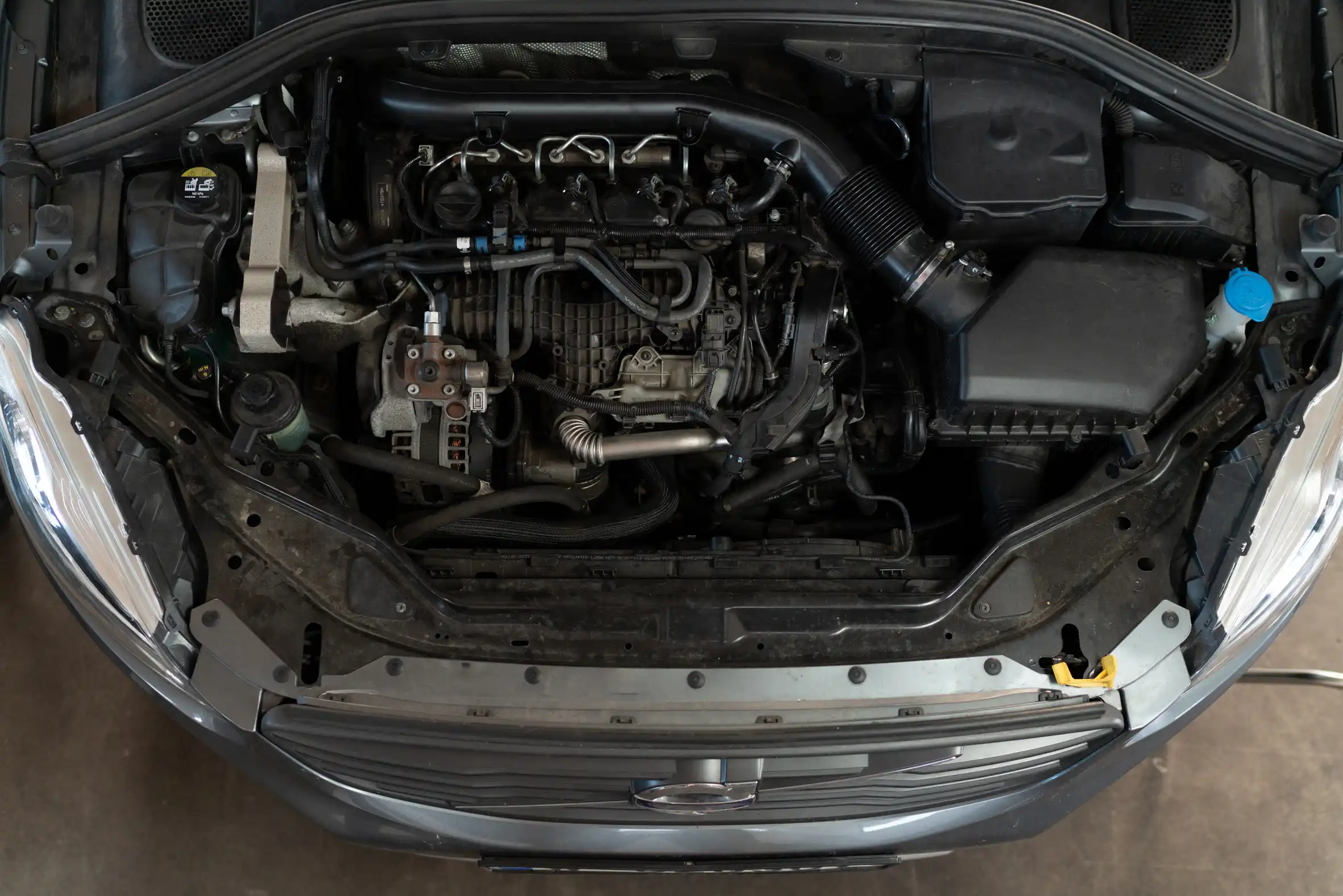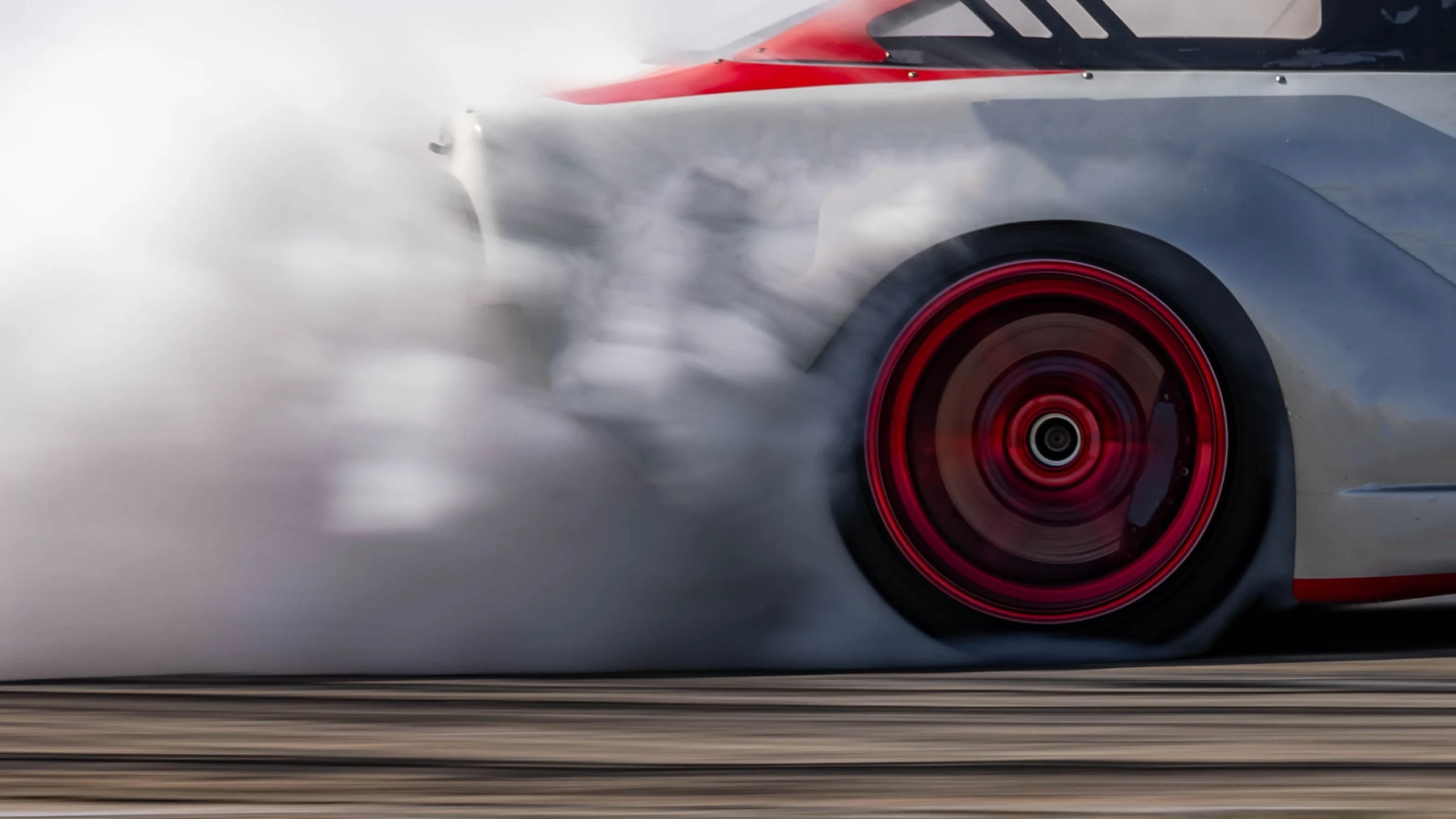How far would you be willing to go to increase the efficiency of your car? The answer to that question might depend on how far your car can actually go between refueling or recharging stops. It could also just come down to how much you’re paying for a tank of gas. For years now there has existed a subculture of car enthusiasts known as hypermiling. These mad scientists of efficiency channel their interest in makes, models, and aftermarket parts all toward one goal: maximizing MPG (although this approach applies to electric cars, too). By changing their driving style, making aftermarket modifications to their rides—particularly with a view to maximize aerodynamics—and using unconventional driving techniques, hypermilers have wired the automotive world for efficiency. The good news is that you can apply these lessons to your own life and start getting more mileage from less energy. Depending on your budget and interest level you can make changes just by switching up your driving habits—or you can go down the rabbit hole and become a master of mileage yourself. Here’s how.
Hypermiling At-A-Glance
Hypermiling is an approach to driving that aims to maximize a vehicle’s fuel efficiency by making deliberate choices to reduce fuel consumption. Those who practice hypermiling use various techniques to enhance their vehicle’s miles per gallon. A few of these techniques include gentle acceleration and braking, maintaining a consistent speed, utilizing cruise control, and planning routes to avoid stops and hills when possible. Hypermilers also pay extremely close attention to vehicle maintenance, ensuring that tires are properly inflated, and the engine is well-maintained to optimize performance. While the term is often associated with hybrid and electric vehicles, hypermiling techniques can be applied to any vehicle to improve fuel efficiency and reduce overall fuel consumption and emissions. Some hypermilers can get as much as 70-90 miles per gallon from a fuel-powered car, depending on driving conditions. Those who choose to join this cult of efficiency and worship at the altar of MPG make a conscious effort to adapt driving habits and techniques to make the best possible use of the vehicle’s energy output.
Basic Driving Techniques
Increasing fuel efficiency while driving involves adopting various techniques and strategies that contribute to improved fuel economy. Hypermilers have known about these techniques for decades, but you can start practicing them on your daily commute tomorrow.
Maintaining a steady speed and avoiding rapid acceleration or hard braking helps conserve fuel. Utilizing cruise control on highways can maintain consistent speeds and optimize fuel usage. Properly planning routes to avoid heavy traffic, stop-and-go conditions, or numerous traffic lights can also make a significant difference in fuel consumption—keep in mind, traffic lights are your worst enemy when it comes to efficiency. The amount of energy needed to keep your car cruising at its current speed is significantly less than what it takes to bring it back to speed after you’ve come to a stop. What many drivers may not realize is that even having to regain speed from a slow crawl is less energy-intensive than speeding up from a dead stop. So instead of accelerating to a red light, which for some reason is a choice drivers make every day on city streets, try slowing down well ahead of the light. Go as slow as possible without stopping and, if you time it right, you’ll hit the light when it’s green again and avoid having to stop.
Keeping windows closed at high speeds and minimizing the use of air conditioning when it’s not essential can reduce drag and the load on the engine. Ensuring that tires are properly inflated to the recommended pressure can improve gas mileage as well, as under-inflated tires can increase rolling resistance. Additionally, avoiding carrying excess weight in the vehicle and removing unnecessary items, especially on the roof, can also enhance fuel efficiency. Lastly, turning off the engine instead of idling for extended periods saves fuel and reduces emissions. Adopting these habits and strategies collectively can contribute to a noticeable improvement in a vehicle’s fuel efficiency.
Eco-Coaching
Today’s cars are often equipped with systems that are designed to teach drivers to implement more fuel-efficient driving habits. Systems in cars that coach drivers to be more efficient, often known as eco-coaching systems, utilize various technologies and algorithms to guide drivers in adopting fuel-efficient driving habits. These systems typically rely on sensors, GPS, and onboard computers to collect real-time data about the car’s performance and driving conditions.
An eco-coaching system might provide feedback through the vehicle’s display, suggesting when to accelerate or brake, maintain a steady speed, or when to switch gears for manual transmission vehicles. Some systems also use color-coded lights or other visual cues to indicate how efficiently the vehicle is being driven at any given moment.
In more advanced systems, there might be functionalities that adjust the vehicle’s performance automatically to promote efficiency. For instance, they might optimize the air conditioning usage, alter the throttle response, or manage other energy-consuming components of the vehicle.
Additionally, these systems may also include features that help plan more efficient routes, avoiding heavy traffic or numerous stops, and starting, thus saving fuel. After a journey, some eco-coaching systems provide a summary or score of the driver’s performance, highlighting areas where they did well and where they could improve, encouraging the development of more fuel-efficient driving habits over time. By promoting awareness and offering real-time guidance, these systems aim to educate drivers and encourage behaviors that contribute to enhanced fuel efficiency and reduced emissions.
Mods
Various modifications can be made to a car to enhance its fuel efficiency, ranging from simple adjustments to more complex alterations. Starting with aerodynamics, installing aerodynamic add-ons like a front air dam, side skirts, or a rear spoiler can reduce wind resistance, improving highway fuel economy. The Kammback (or an approximate teardrop shape) is one of the most aerodynamic and thus most fuel-efficient shapes for a car—the more you can get your car to embody this shape the more miles you’ll stretch from a single charge or tank of gas.
Tire selection is also crucial. Low rolling resistance tires can improve fuel efficiency as they reduce the amount of energy lost as heat due to the tire flexing while moving. Ensuring that tires are always properly inflated also contributes significantly to fuel efficiency.
Lightweight materials can also make a difference. Replacing heavier car parts with lighter counterparts, such as switching to lighter wheels, can reduce the overall weight of the vehicle, leading to improved fuel economy.
The choice of lubricants can impact fuel efficiency as well. Using low-viscosity, energy-conserving engine oils and lubricants can reduce friction in the engine and other components, helping the car run more smoothly and efficiently.
Modifying the engine control unit (ECU) software, a practice known as “remapping” or “chipping,” can optimize performance parameters such as air-fuel mixture and ignition timing, potentially improving fuel economy.
Enhancements to the intake and exhaust systems, such as using a cold-air intake or a performance exhaust, can improve the engine’s breathing, contributing to better efficiency.
Although it’s not necessarily something we’d recommend, owners of vehicles like the Prius and Chevy Volt have been known to stuff their front grills with cut up pieces of pool noodles to increase mpg during the colder months when their batteries aren’t efficient. This solution is, again, not necessarily recommended for everyone (and if you’re unsure, talk to a mechanic you trust at your local garage), but it shows that with some ingenuity and everyday items, higher efficiency is always within reach.
Lastly, implementing an efficient driving style by avoiding aggressive driving behaviors, such as hard acceleration and braking, is a modification in driver behavior that can significantly impact fuel efficiency.
Remember that any modifications should comply with legal standards and regulations, and it’s advisable to consult automotive professionals before making significant changes to a vehicle’s setup. Note that some modifications might void the vehicle’s warranty or affect its reliability and resale value.
Unconventional Practices
Coasting in manual transmission vehicles refers to the practice of disengaging the gearbox by pressing the clutch pedal (or shifting into neutral) and allowing the vehicle to move using its existing momentum. When coasting downhill, the gravitational pull allows the vehicle to maintain or even increase speed without engine power, which can save fuel as the engine doesn’t have to work to propel the vehicle forward.
When it comes to increasing fuel efficiency on hills, coasting can be a useful technique. While moving downhill, coasting can enable the vehicle to capitalize on the gravitational force, reducing the need for fuel consumption. However, it’s essential to coast safely, maintaining full control over the vehicle at all times. Coasting for extended periods can make the vehicle more challenging to control, reduce braking effectiveness, and even increase the wear on the brakes if they’re used excessively to manage speed.
Additionally, in some modern vehicles, fuel injection systems are designed to stop sending fuel to the engine when the throttle is closed while the car is moving, which already contributes to fuel efficiency during downhill stretches.
Modern cars, especially those with start-stop technology, automatically turn the engine off at red lights as a fuel-saving and emission-reducing measure. When the engine is idling, it still consumes fuel and produces emissions even though the car isn’t moving. By shutting off the engine at red lights or in standstill traffic, the car can save fuel and reduce the overall amount of pollutants being released into the environment.
Once the driver releases the brake pedal or engages the clutch, the engine swiftly restarts, allowing the car to resume motion. This technology is beneficial in city driving, where there are frequent stops, contributing to improved fuel economy and lower emissions in areas where air quality is often a concern.
While it’s a useful feature, some drivers might find it disconcerting to have the engine frequently stop and start. However, start-stop systems are designed to operate seamlessly and safely, ensuring the vehicle is always ready to move when the driver intends to go forward. If the system determines that specific conditions aren’t met, such as the car’s battery charge being too low or the cabin temperature not being comfortable, the engine won’t turn off, ensuring the vehicle’s performance and the occupants’ comfort aren’t compromised.
Although many cars today are designed to employ this unconventional technique automatically, hypermilers have been using it for years in their own cars, simply disengaging the engine when they come to a stop and re-starting when it’s once again time to drive. Some hypermilers have even installed special switches in their cars which help them re-engage the engine more quickly once they’re ready to begin driving again.
Although full-on hypermile mania may not be for you, simple modifications to your driving style and habits can go a long way toward increasing your overall efficiency on the road.





